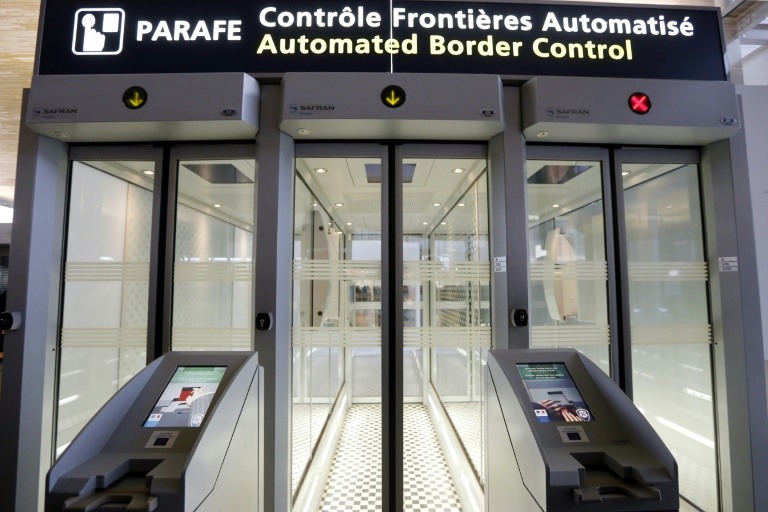By 2036 at the latest, the number of passengers will have doubled, some airports are already in the edge of congestion
Digital technologies and artificial intelligence are being used in terminals to virtually pushing walls by improving passenger flow.
In the next 10 years, if nothing changes, at least 200 airports worldwide will have a structural inability to keep up with demand.
By 2036 at the latest, the number of passengers will have doubled against a backdrop of rising classes. in emerging countries, development of low-cost and point-to-point links period.
In Europe in particular, several major airports – such as Frankfurt or London Heathrow are already saturated with limited expansion due to space constraints or environmental.
 From online or kiosk check-in to biometric boarding – tested at the airport Logan from Boston, via automatic luggage drop-off, border crossing (automated passport control system), and parking (a robot parks your car), the aims to optimize the flow of passengers to avoid queues, absorb more than and save space.
From online or kiosk check-in to biometric boarding – tested at the airport Logan from Boston, via automatic luggage drop-off, border crossing (automated passport control system), and parking (a robot parks your car), the aims to optimize the flow of passengers to avoid queues, absorb more than and save space.
Start-ups compete with each other in imagination, technologies exist, and all that remains to be done is to identify and integrate the most relevant use cases.
Only the security checkpoint stage, also known as the screening inspection (BIP), remains an congestion point with no real solution yet.
Everyone dreams of a tunnel-type station that would scan passengers and their luggage without them having to stop. But this is still far from being the case because of the complexity of the checks to be carried out.
In terms of mobility, some airports are testing passenger tracking through their smartphone.
By connecting to an application or via sensors scattered in At the airport, the traveller can be located and receive information in real time redirect in the event of a change of boarding gate or if it is lost.
Another application of artificial intelligence: anticipating the consequences of situations degraded due to climatic hazards, strikes, congestion, works… to better smoothing the flows by informing and guiding the passenger. This digital passenger tracking also represents additional revenue opportunities.
 In 2015, according to data from the International Airports Organisation ACI, airport charges will be paid by airlines were falling and now accounted for only 55% of the airport revenues. Non-aeronautical activities (shops, parking, real estate, ) were up to 45% of revenue shares.The idea today is therefore to take advantage of new services created by the digital boom.
In 2015, according to data from the International Airports Organisation ACI, airport charges will be paid by airlines were falling and now accounted for only 55% of the airport revenues. Non-aeronautical activities (shops, parking, real estate, ) were up to 45% of revenue shares.The idea today is therefore to take advantage of new services created by the digital boom.
On the passenger side, tomorrow the traveller will not only receive practical information related to his trip but also targeted incentives to consume in shops or restaurants from the airport.
In the long term, airport trade could evolve towards digital showrooms in which customers will order on interactive digital walls for door delivery boarding or at home.
The customer installed in business space will be able to be delivered a meal, a drink or the perfume of the choice without having to travel, while the elderly person of tomorrow, familiar with the use of a smartphone can be guided along the way.Terminal 4 at Changi Airport in Singapore, inaugurated barely a year ago, is the most important terminal in Singapore. in this matter, with a passenger route almost without human intervention.